Filter by Type
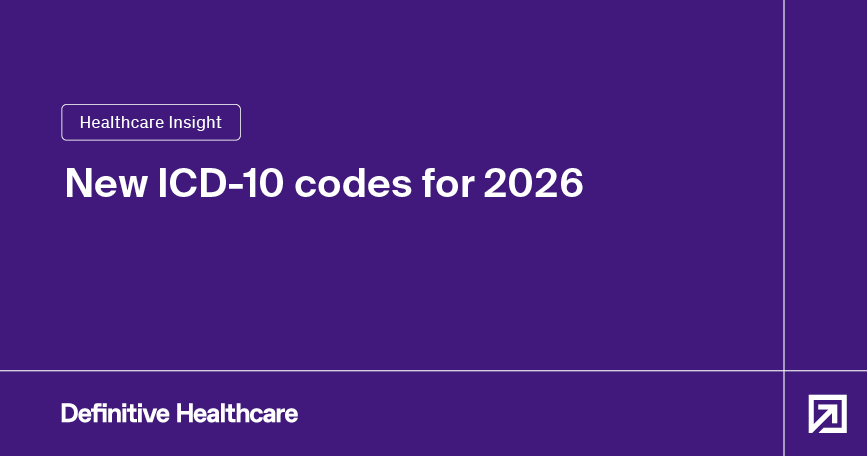
New ICD-10 codes for 2026
Review the new ICD-10 codes for 2026, including key additions, deletions, and what they mean for healthcare organizations.
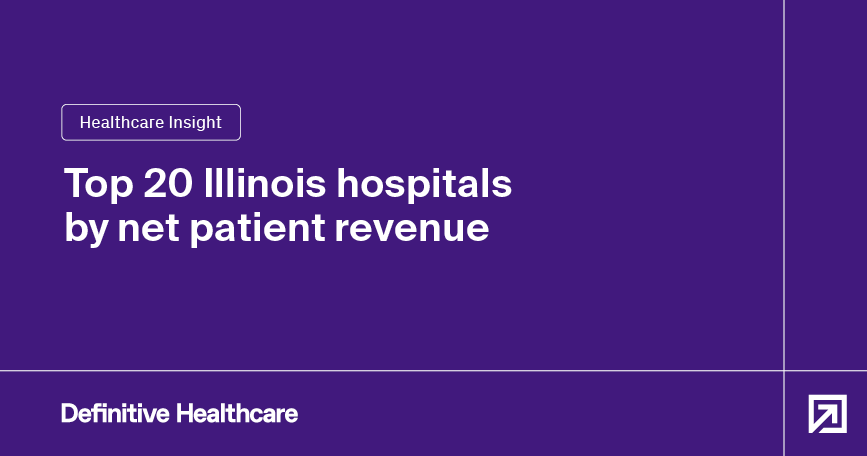
Top 20 Illinois hospitals by net patient revenue
See the top 20 Illinois hospitals ranked by net patient revenue and learn what revenue scale reveals about market influence.
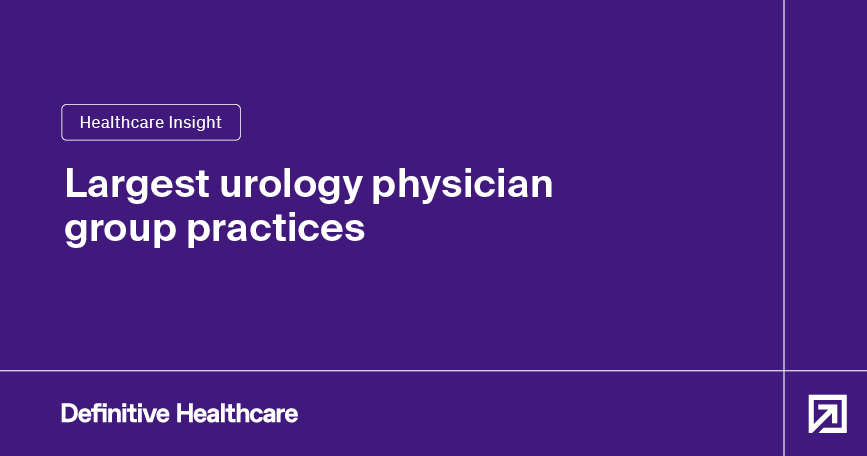
Largest urology physician group practices
Explore the largest urology physician group practices in the U.S. and see how consolidation is shaping urology care delivery.
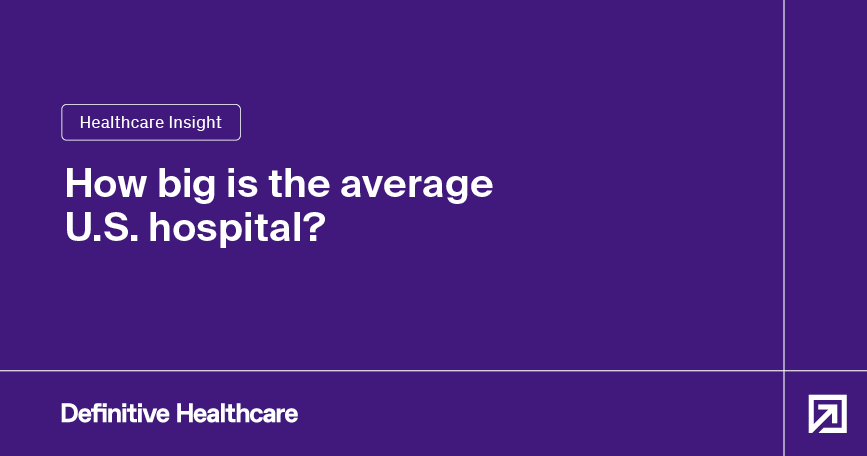
How big is the average U.S. hospital?
Learn the average U.S. hospital square footage and how facility size varies by hospital type, bed count, and care delivery model.
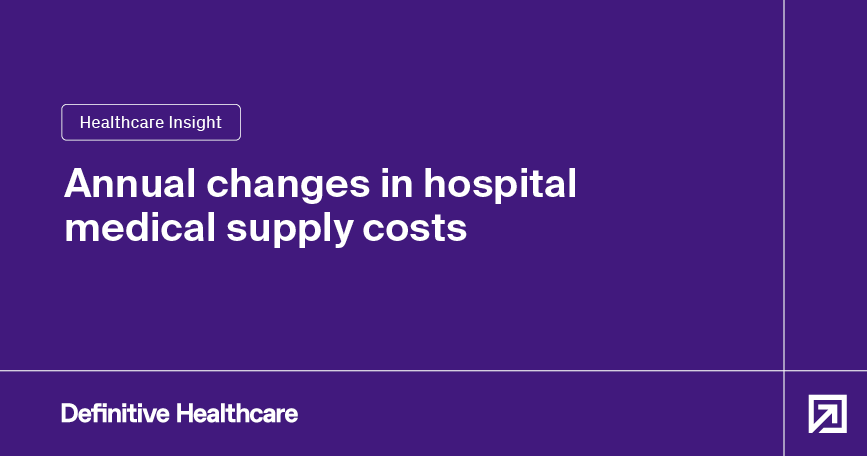
Annual changes in hospital medical supply costs
Explore annual changes in hospital medical supply costs. Understand trends, how to make informed decisions, and manage budgets effectively.
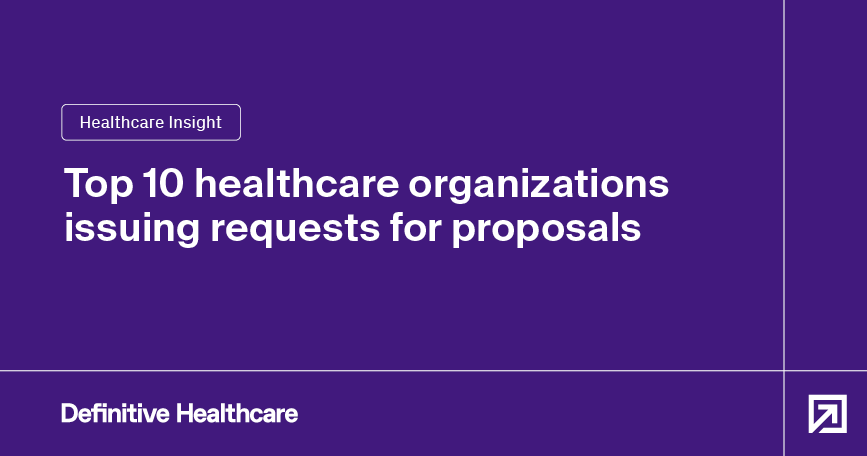
Top 10 healthcare organizations issuing requests for proposals
See the 10 leading U.S. hospitals and health systems issuing the most RFPs essential for vendors seeking medical, supply, or tech contracts.
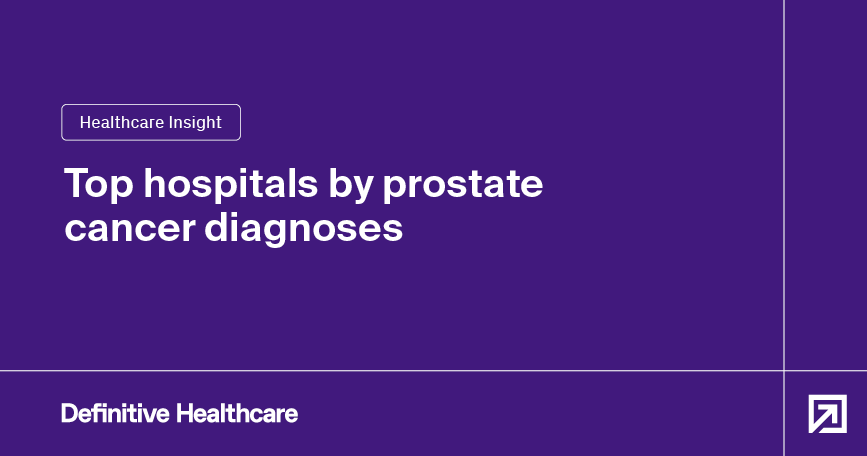
Top hospitals by prostate cancer diagnoses
Explore a list of U.S. hospitals by prostate cancer diagnosis volume. Identify which hospitals treat the most prostate cancer patients and how they compare.
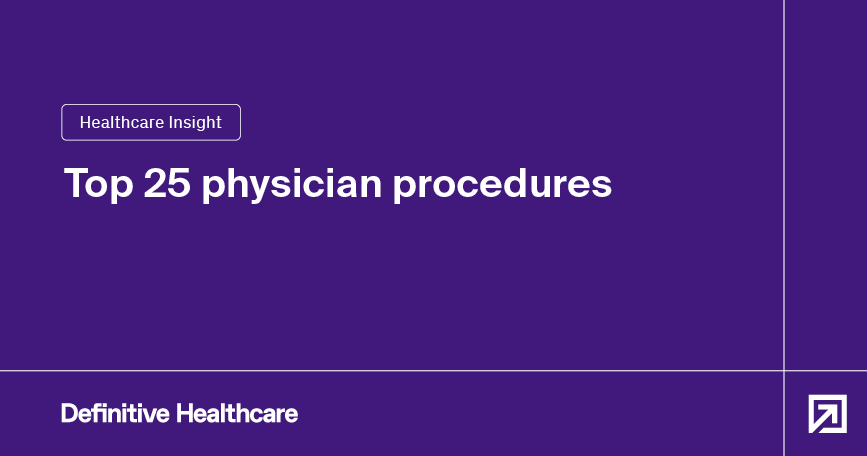
Top 25 physician procedures
Explore the top 25 physician procedures in the U.S., including CPT codes, volumes, and trends shaping outpatient care.